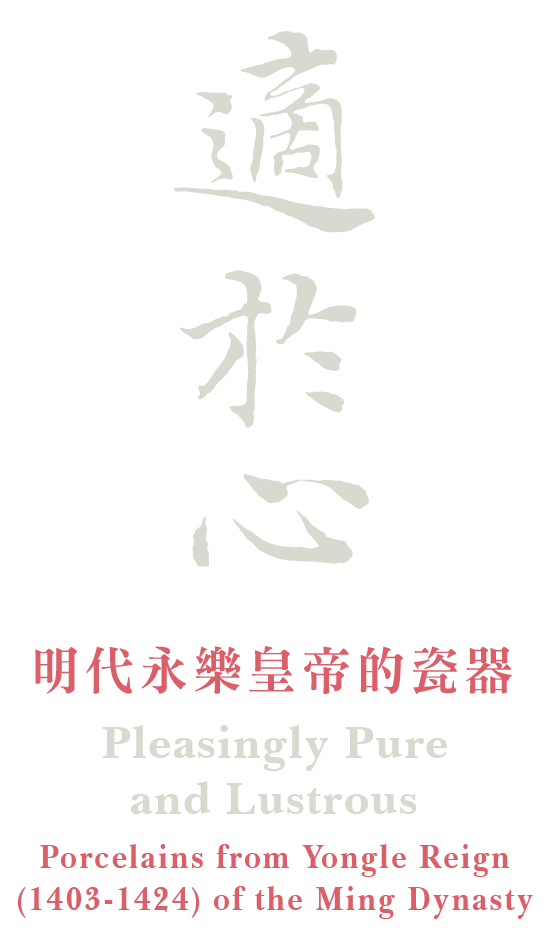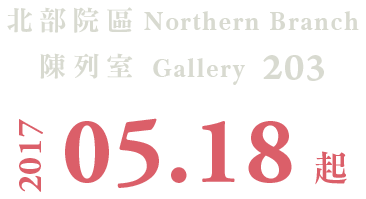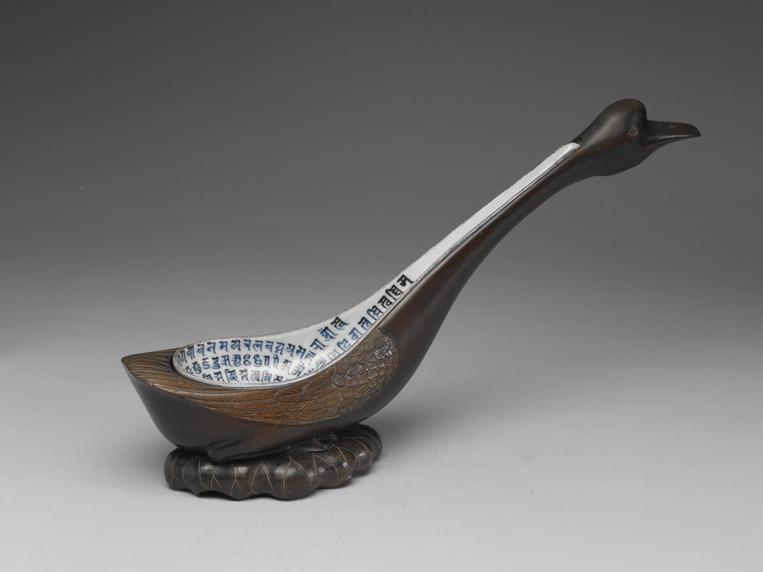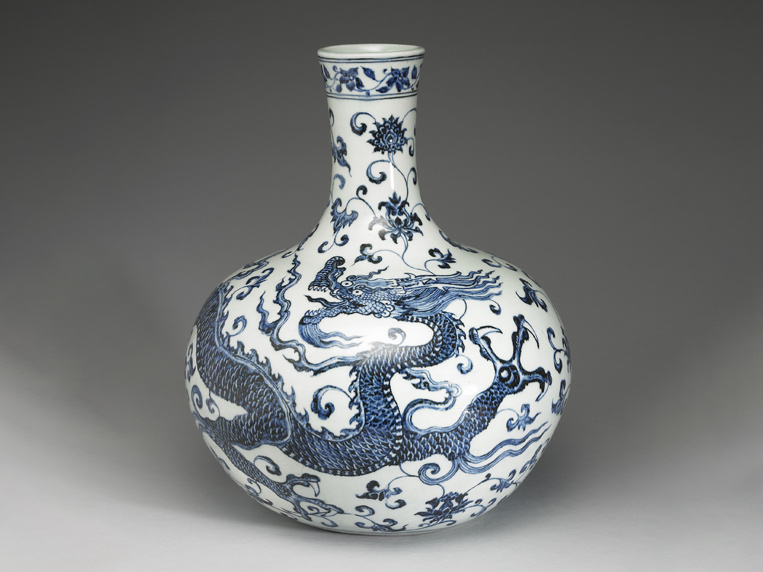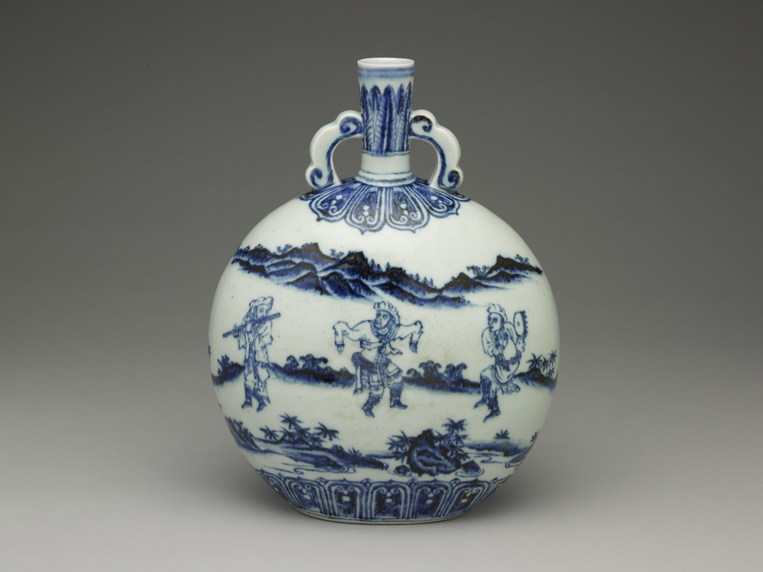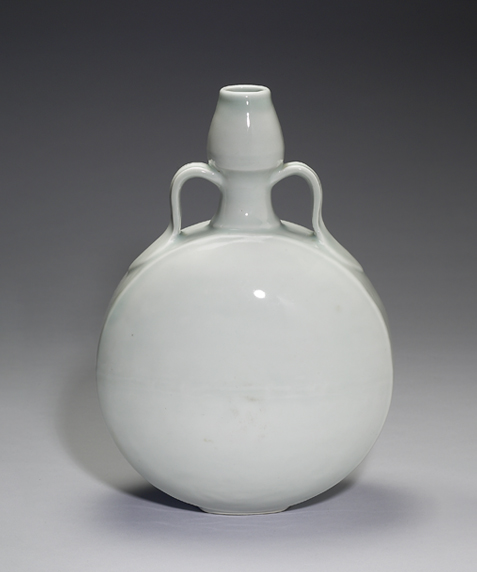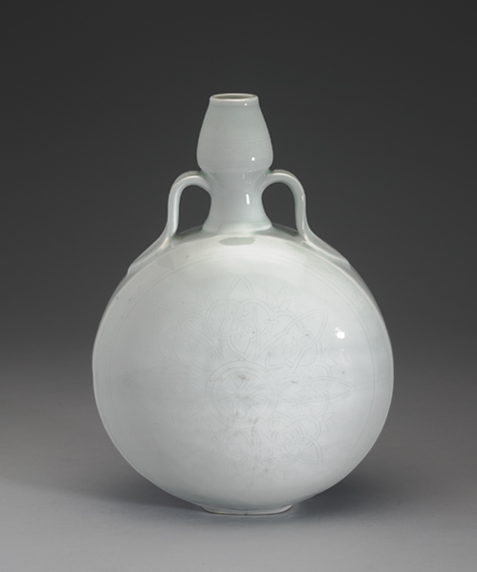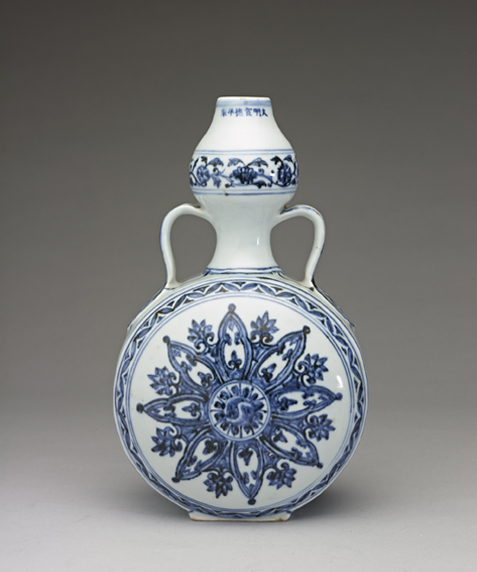Such factors as religion, diplomacy, and trade during the Yongle reign played an important role the rise of exchange and interaction between Ming China and regions in Tibet as well as Central and West Asia. The forms and decoration of vessels produced at the Ming court show clear vestiges of interaction with different cultures at the time. Members of the Ming imperial family were followers of Tibetan Buddhism and looked highly upon the visits of eminent monks from various sects who visited the court from Tibet. Among the items bestowed upon these visitors by the court were precious porcelains, and many vessels of religious significance were produced as a result. Furthermore, the court dispatched such officials as Chen Cheng on overland journeys and Zheng He on sea routes to make contact with various states in Central and West Asia. Consequently, Yongle porcelains came to be made in imitation of the metalware, glassware, and forms of decoration in the Islamic world, an important period feature of the time. Through the imitation and production of such objects in different media, the demands and ambitions of the Yongle emperor when it came to engaging the outside world are apparent.
